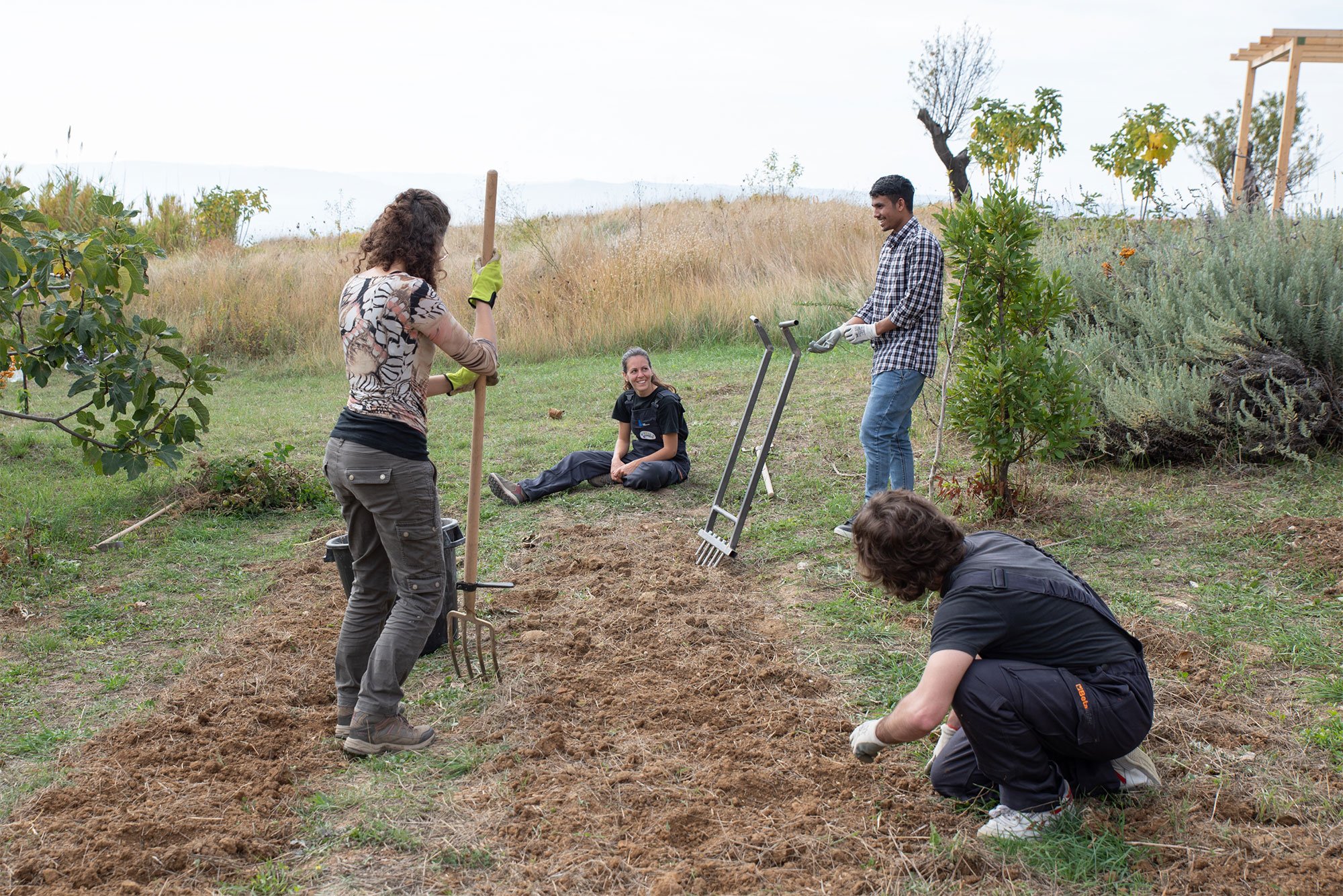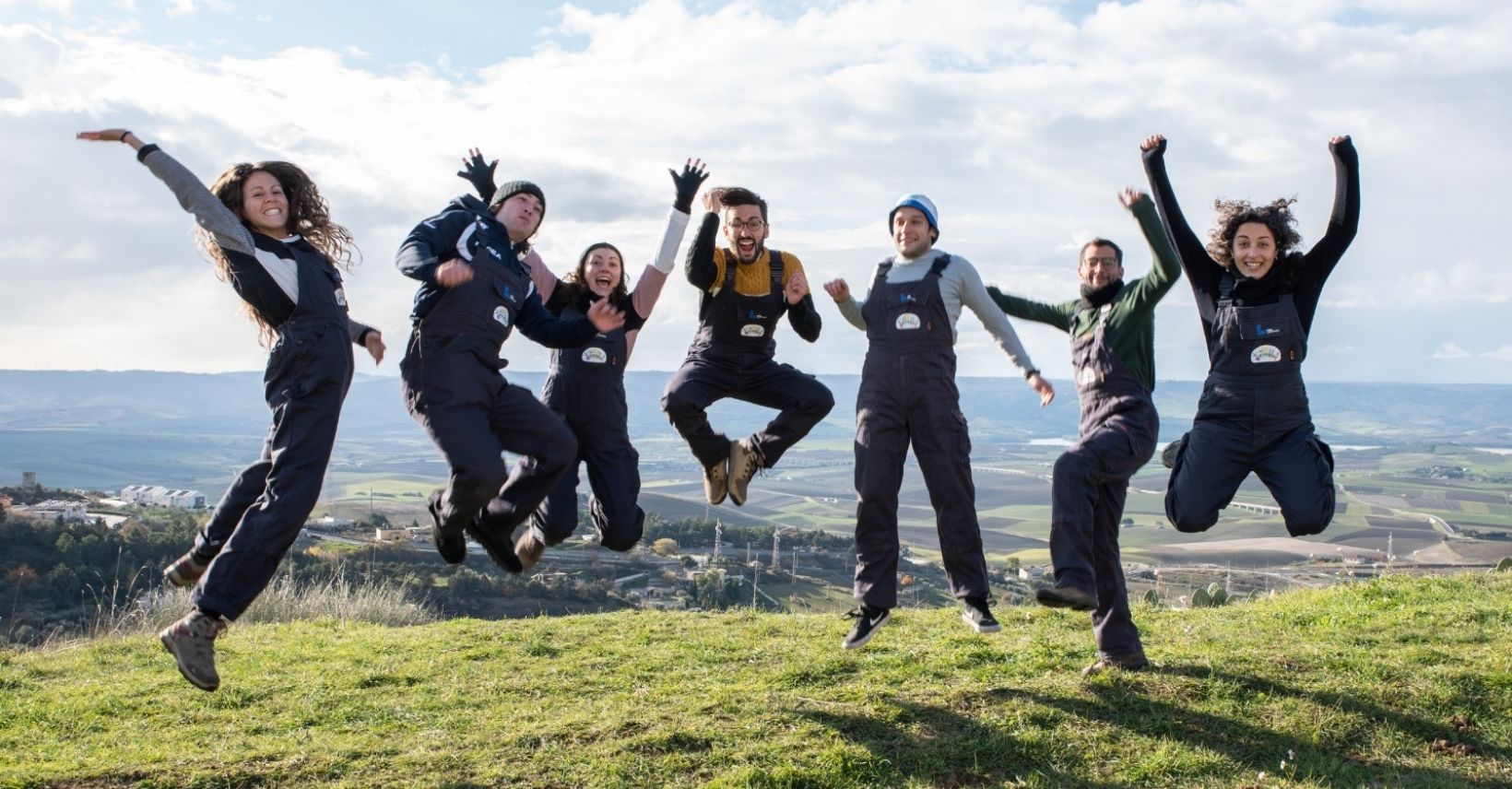Before last week, I would have never believed that the 2023 “Rising Stars – Reconnecting with Nature” Prize of the New European Bauhaus would be awarded to Noi Ortadini, a group of active citizens that I co-founded to regenerate a green space in Matera.
In other words, what happened last week in Brussels (read here the experience of my colleague Roberta Capozucca) is a huge stimulus for our team to carry on because now we know that we have an important ally on our side: the European Commission, that is starting to recognise the promising potentials for sustainable societal development in grassroots initiatives like ours, which combines sustainability, aesthetics, and inclusion. These are, de facto, the three pillars of the New European Bauhaus movement, a very tangible policy that since 2020 is working to mainstream these values.
Nonetheless, turning this value system into a praxis will take time and it will have to go through the definition of replicable models, processes and key figures, as well as the right administrative conditions to make these models feasible.

Existing models
In the search for descriptive models, I found myself going through an existing and abundant literature on urban regeneration processes and related fields. Among them, I share the position of Zamagni on circular subsidiarity:
An approach that goes beyond a hierarchical vision with a single intermediary body between public administration and citizenship.
According to the model of circular subsidiarity, we are the intermediaries: namely the people and the community, each one operating in their own organisations.
In Italy, we have an exemplary application of this model through the Regulation for the Shared Administration of Common Goods, an adaptive tool that requires a substantial chunk of courage and trust among stakeholders, where communities become active in Public-Private-People Partnerships for the adoption or management of public goods. On the other hand, the Triple, Quadruple & Quintuple helix approach sheds light on the exchange and transformation of knowledge between the Civil society, Enterprises, Academia, Public Administration and Environment these processes manage to put into place. These models have been applied, for example, to European projects and policies such as the European Research and Innovation Roadmap for Climate Services, and the European Commission’s Open Innovation 2.0 policy for a digital single market that supports open innovation, placing citizens at the centre, through citizen science and open data.
One of the latest released EU tool, the NEB Compass, can also significantly help guiding decisions and projects of urban regeneration and beyond, building upon the pillars of multi-level engagement, participatory processes and transdisciplinary approaches; while Living labs are also a valuable methodology allowing for place-based, multi-stakeholder co-creation.
Such models, approaches and processes may inspire young community activists, yet they can also be disorienting as they are kind of new for most cities and citizens. Which one is the best one to refer to when enacting a regeneration process, or dealing with common goods, collaborative governance, ecology etc.
But before that and beyond the existing models that provide a concrete working framework, I started wondering if and how we can define what works and what does not. Which actions or processes from other experiences are worth replicating and why? Where should we start from? But also what are we working for exactly?

Our role as Materahub
In the search for answers, I turned back to my job and to all the EU-funded projects my colleagues and I manage on a daily basis for Materahub.
There are 3 projects in particular, Drop, Play / Act and Regeneraction, which I consider brilliant examples of how temporary projects can sow virtuous collaborations between institutions, universities, enterprises and civil society, allowing for capacity building, experimentation, prototyping, designing new business models. In these, as in other projects, we favour cross fertilisation converging disciplines, knowledge, models and skills.
We exchange knowledge, pick up innovations elsewhere and disseminate them locally.
We also foster dialogue between policy makers, civil society, business and academia, questioning the different degrees of participation and empowering people to slowly overcome tokenism.
As professionals in the innovation field, our role is also to identify new professional figures, hybrid and transdisciplinary, and often not channelled into existing pathways. This is necessary in a constantly and rapidly evolving context and makes it possible, on the one hand, to give value and recognition to emerging roles in society and changemaking, such as Community Managers, and on the other, to transfer all the skills needed to replicate the same professional figures through online and live training.
Maybe, what I see is that instead of concentrating on models and replicas of exemplary initiatives, we should start concentrating on transferring skills and knowledge, the fastest driver for innovation. As also defined by the economist Amartya Sen, capacity building gives people more opportunities both to be and to do in a neverending circular model of reassessment and capacity-based progress.
Concrete skills development solutions are being supported through multiple pathways by the European Commission, starting with the European Skills Agenda 2020 and culminating in the recently-started European Year of Skills (from 9 May 2023 until 8 May 2024).
For sure, an increased connectivity of a socio-ecological network will go along with faster innovation spread and replicability of virtuous processes of urban regeneration – not only of green spaces.












